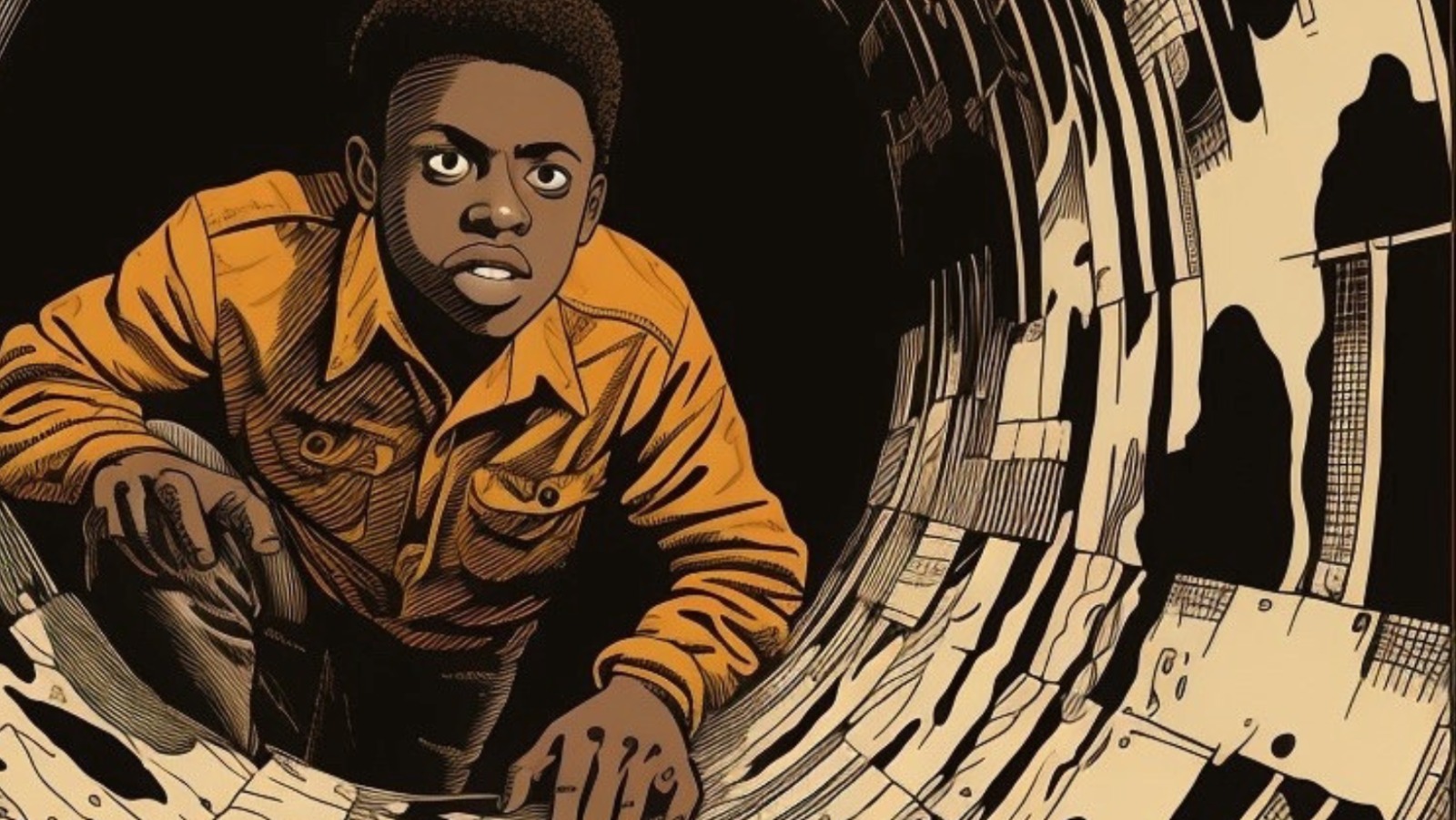Neurodiversity in children and the struggles of being misdiagnosed
The Safety Box CIC
By Shannon Jordan
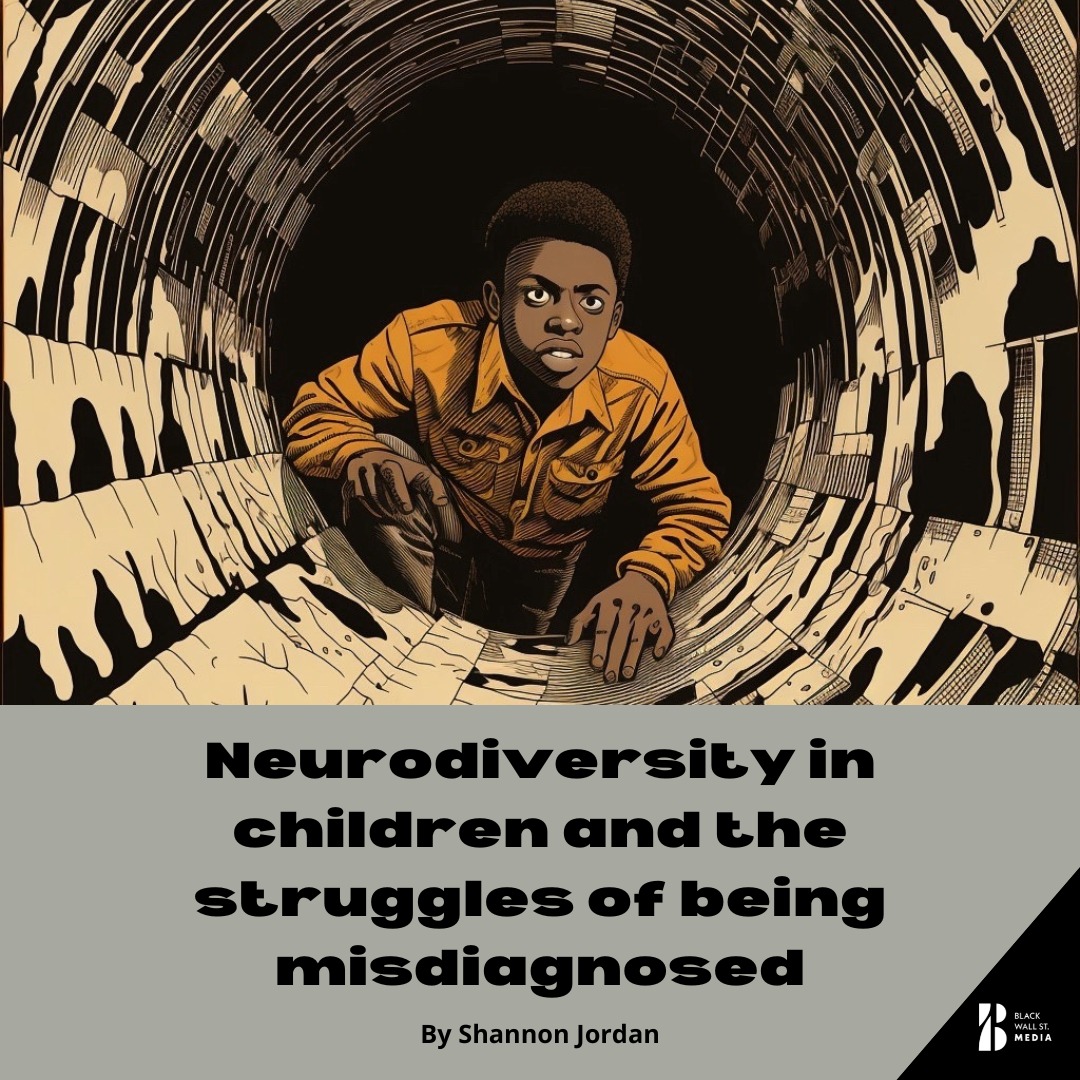
15% of all children in the UK are neurodiverse.
In a single classroom, there will be at least one neurodiverse child.
However, depending on the age, gender and behaviours of the child, their neurodivergent abilities can go unnoticed by professionals, social workers, teachers, and even parents. What do we do to help these children? The first step is to understand what neurodiversity is.
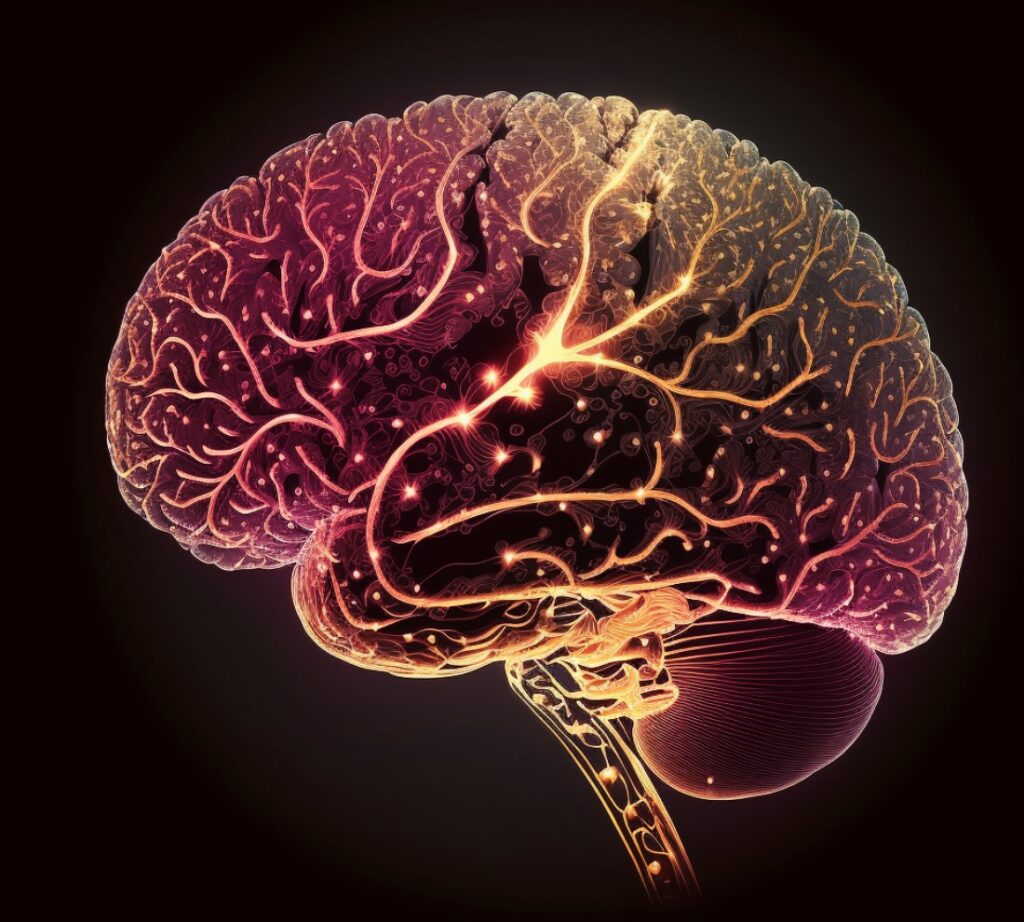
So, what is neurodiversity?
Neurodiversity is the way that the brain shows variation between humans. These variations include social skills, learning abilities, communication, attention span, mood, and others. We know them as Dyslexia, Dyscalculia, Autism Spectrum Disorder (ASD), ADHD, Tourettes, and others.
In the UK, it is estimated that over 15% of the entire population are neurodiverse in some way. However, the way that neurodiversity is viewed by society can have more of an effect than people think.Being neurodiverse can cause you to feel out of place in a society that wasn’t meant for you.
Having to learn to communicate how everyone else did. Shifting between intense routine and spontaneity. Wanting to fit in, but never feeling like you could, and feeling like a fraud when you did.
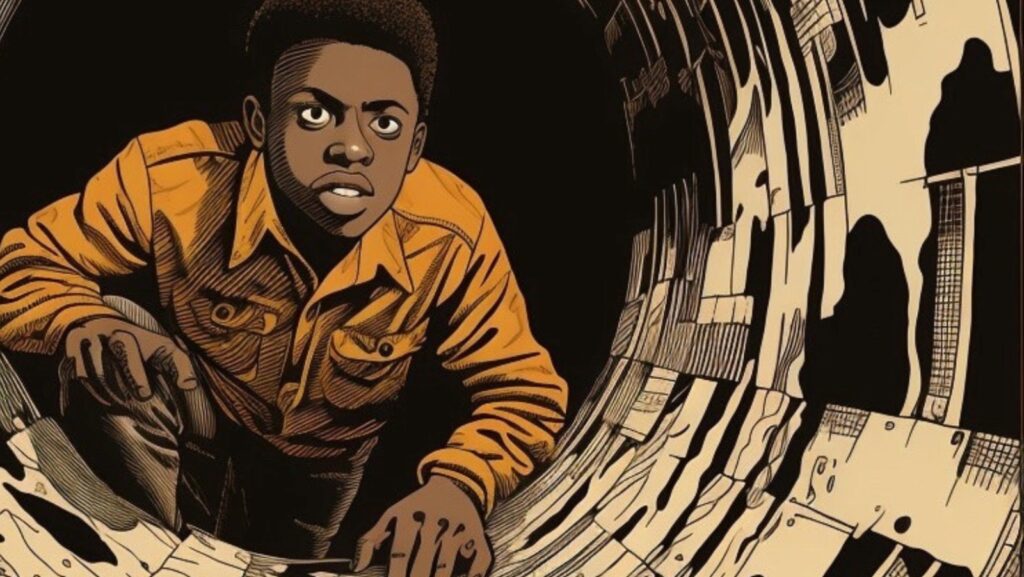
Getting anxious at things that others would see as normal and regular, such as the tone of a word or an item out of place. Never understanding how others could multitask, but being able to multitask only in certain situations, for example, when the right amount or kind of sound is present. Growing increasingly anxious at light touches or overbearing lights and sounds.
Being highly sensitive, and struggling with emotional expression. Feeling like a glass wall goes up in every social interaction and all you can do is sit and watch.
I was diagnosed specifically with ASD at 22, but there are others like me, children, who have struggled with these things from birth, but because of masking (the ability to hide your traits or imitate others to fit in), age, gender, and occasionally even ethnicity, they don’t get diagnosed until they crash from struggling, which is often when they’re older, or a fellow neurodivergent person or an observant adult notices their differences.
Oftentimes, neurodiverse children are labelled as “lazy”, “odd”, “troublemakers”, “quirky”, “shy”, or even “faking it” by both adults and their peers.
Ranging from children who may struggle in class to children who are highly gifted, neurodiversity can be noticed in the way they interact alone and with others.
Neurodiverse children often try to fit in by watching others their age, either in person or through television and film, and imitating the way they socialise, which can either go well or backfire greatly.
These children can spend much of their time on their own or around adults only, because nobody else understands them in the same way as they try to understand others.
Children who often get suspended or excluded from school are more likely to have neurodiverse traits, however, they aren’t noticed because nobody is looking for them. Going through all of this without a diagnosis makes neurodivergent kids feel even more isolated from their peers, and can cause them to feel as though they’re an alien, or the odd one out.
Going through something similar in my own childhood, I was convinced that I would never fit in anywhere, and although people had similar interests, that I would never find people who truly understood me. That was, until I was diagnosed and found a whole community of girls who went through similar experiences.
In pop culture and media, neurodiversity is labelled as a problem, showing up in television and film characters who are viewed as odd, or weird, or overly different. The media and the news has only recently started to discuss the positives of neurodiversity, allowing neurodivergent adults and children to see themselves in a positive light.
More schools and communities are showing acceptance and normalising the existence of neurodiversity, holding special days, giving talks, and allowing those that are diagnosed to speak on their experiences.
However, we still have a long way to go. Neurodiverse kids turn into neurodiverse adults, and without the proper diagnosis, life becomes much harder. It is more difficult for neurodivergent adults to get and keep jobs, to develop friendships with neurotypical people (people who aren’t neurodivergent), to understand workplace etiquette, to keep up in university. We can and have learned to do all of these, but that doesn’t mean it’s easy.Girls in particular can have it much harder being neurodivergent.
With autism especially, up until the last few years, boys were the only ones who were thought to be diagnosed with autism, and even now, girls are far less diagnosed than boys, and more often than not, only diagnosed when they’re older.
Girls in school with autism can often present as shy and quiet, very studious, and have friends who have taken them under their wing.
Often readers and quite creative, they can show intense interests in the same things that their peers show interest in, just at a deeper level.
They have a tendency to be extremely trusting and naive, and mask extremely well, which can prevent them from being diagnosed quicker.
In general, neurodivergent girls are seen as shy, quirky, or ditsy more than their neurotypical friends. They are also more likely to be misdiagnosed, with their meltdowns (external signs of frustration), shutdowns (internal frustration often seen as withdrawal), burnouts, and mood swings seen as depression, anxiety, bipolar, or more commonly, borderline personality disorder.
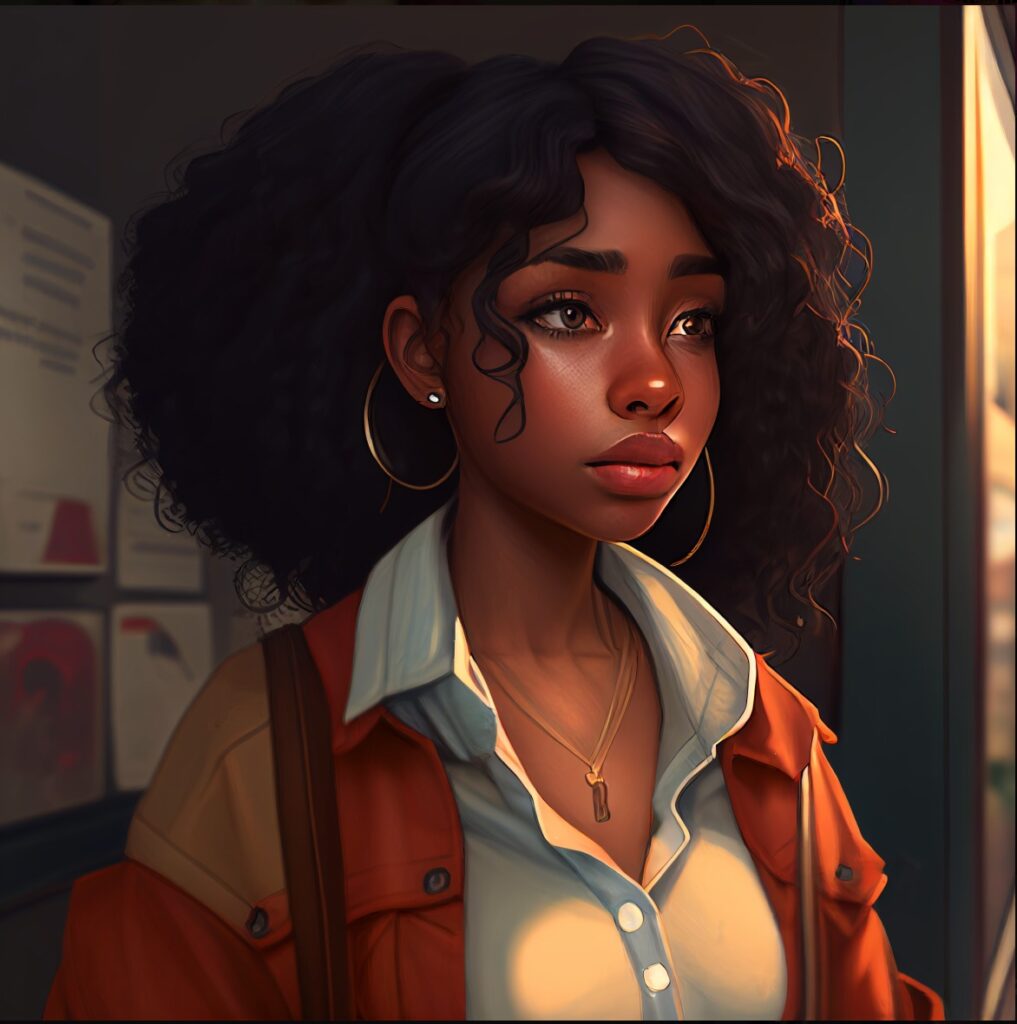
Missing major signs in girls can do more harm than good, and it will often leave them tackling an issue that isn’t theirs, when they should be able to get the correct diagnosis and accept their traits and character as who they inherently are.

We encourage them to see their neurodivergency as a superpower, something that is a help to them in this world.
They experience the world in such a different and unique way, and their individual personalities should not be dismissed or disregarded, but nurtured, encouraged, and given just as much attention as any neurotypical child.
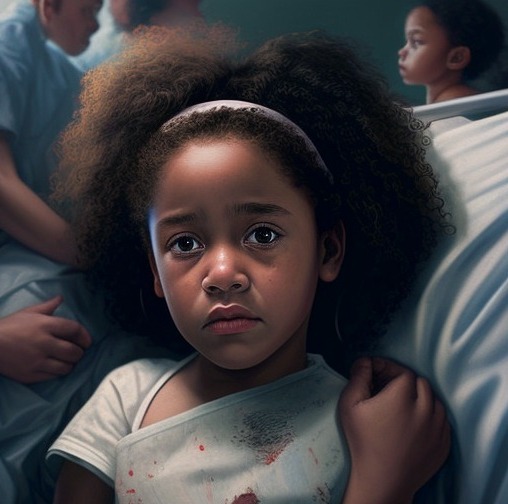
And they need care and support, especially if their neurodivergency is only suspected and not yet confirmed by a professional.
So how can we help and assist neurodiverse children into accepting their neurodiversity, and how can we get more frequent, effective and accurate diagnoses for children who we notice are struggling?
We first need to understand the different neurodiverse conditions in depth, so we don’t misdiagnose a child.

We need to be aware of signs that show a child is neurodivergent, such as struggling in classes; social confusion or difficulties; anxiousness, irritability or withdrawal in places with loud noise, bright lights, or strong smells; a tendency to stim (self-soothe) by rocking, tapping or flapping hands, repeating words or phrases, or watching repetitive movements; anxious around change or unpredictability, and other signs.
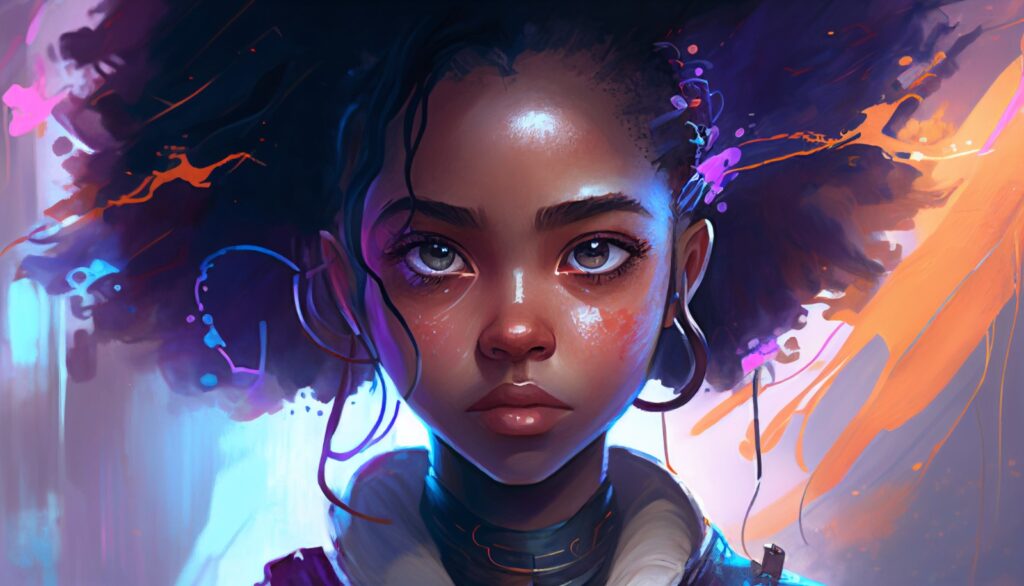
Black Wall St. MediaContributor

